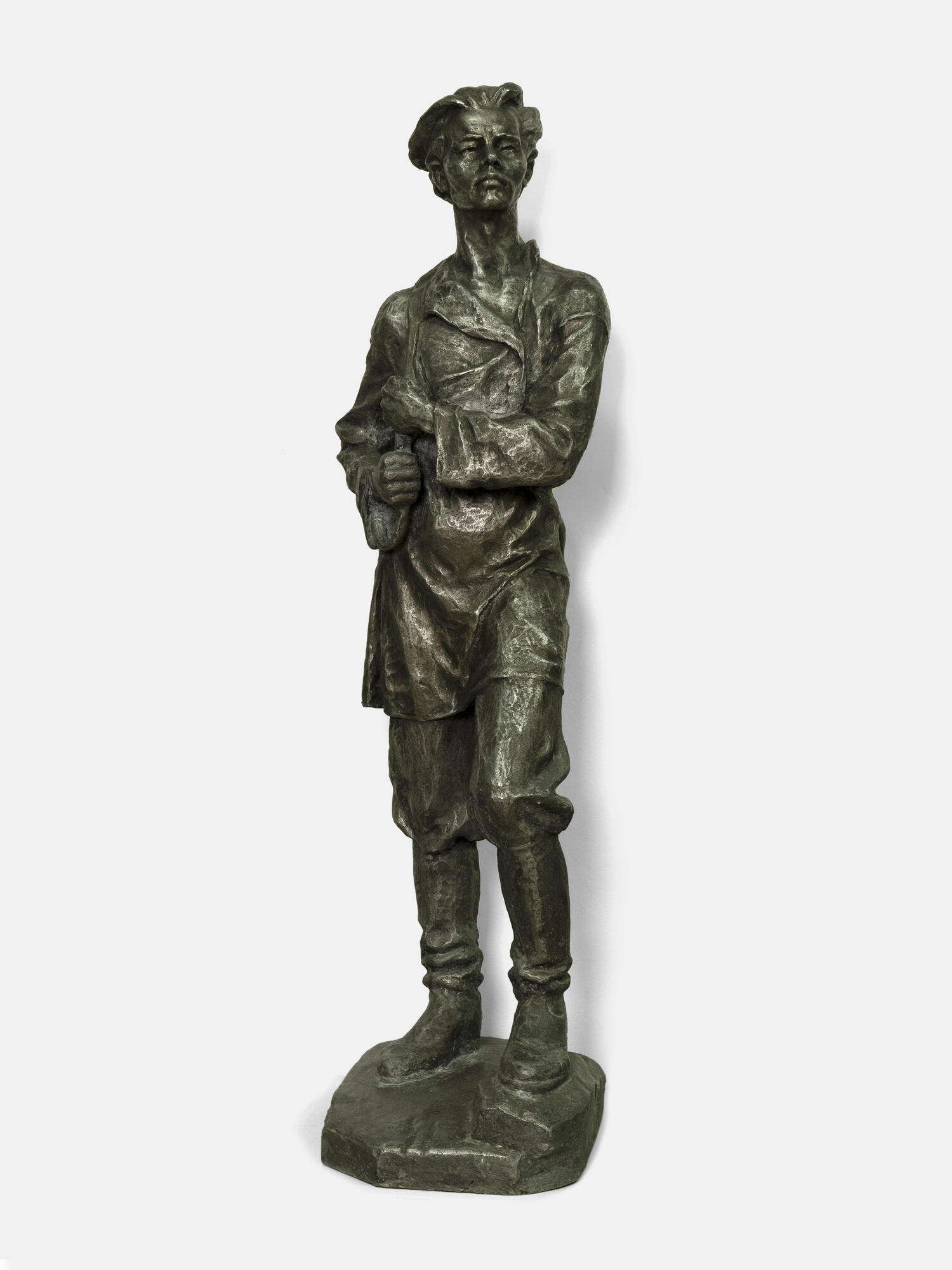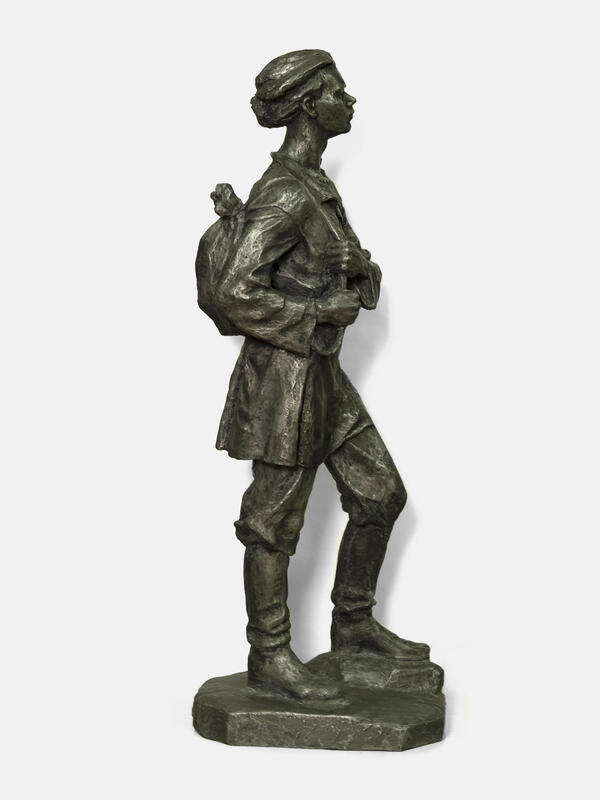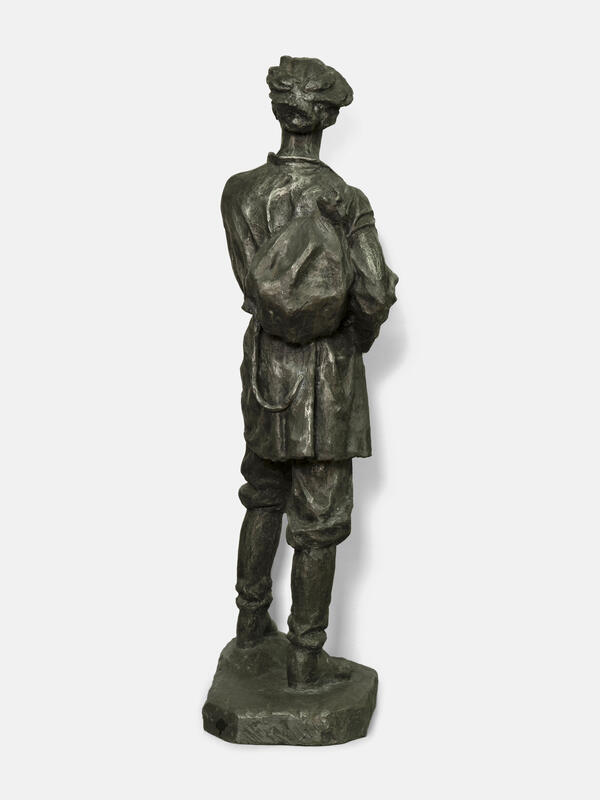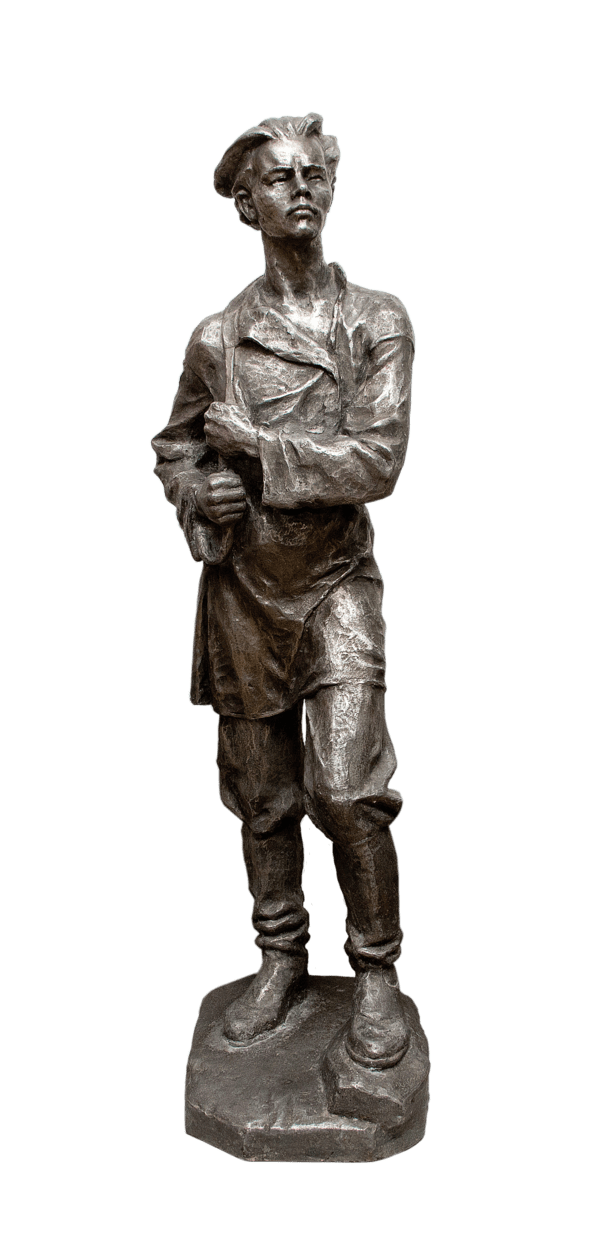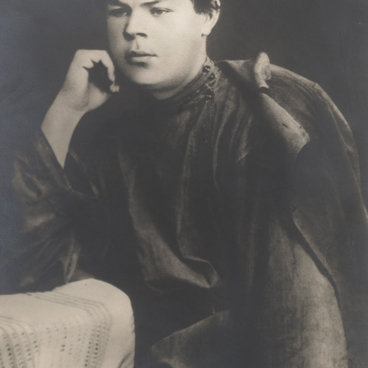“Here I am, on my way to the University of Kazan, no less” — these words open Maxim Gorky’s autobiography called “My Universities”. The future writer arrived in Kazan from Nizhny Novgorod at the age of 16, inspired by the idea of devoting his life to science. Alexey Maximovich Gorky wrote, “After I turned 15, I was driven by a fierce desire to study, and so I went to Kazan thinking that education is free for those who seek it. Turns out this is not how things work…”
Life had a different scenario: Alyosha Peshkov was not accepted to the university but instead gained an invaluable experience as a writer, which became the basis for over 20 works, including “My Universities”, “Creatures That Once Were Men”, “The Owner”, “Konovalov”, “Twenty-Six Men and a Girl”, “How I Learned to Write”, “A Story from Makar’s Life”, “Reminiscences of Leo Nikolayevich Tolstoy”, “The Affair of the Clasps”, and “One Autumn Night”.
Gorky used to say that the years he had spent in Kazan strengthened his soul. There, he suffered misfortunes and hardships, went through hard physical labor and disappointment in love yet at the same time experienced a surge in his moral development, personality, and principles. In Kazan, young Alexey Peshkov met for the first time those who strove to change the world. He also found true friends and wondered about the meaning of life and one’s place in it, social justice and the ways to achieve it, and freedom.
Sculptor Konstantin Schastnev depicted young Alyosha in Kazan in August 1884. The life, filled with “shallow, meaningless, fruitless efforts”, as Gorky later wrote, was left behind. Extremely talented in everything connected with his main occupation, the writer despised all the subordinate work he had to do while he was “in the world”.
Drawing upon the traditions of Russian realism, Novosyolov portrayed the young Peshkov with his head held high and his eyes fixed on the sky in reverie. The sculptor reflected the determination and mental strength of the “man of the people” who was able to rise from being a social outcast to joining the high circles of society and culture. The sculpture establishes an emotional connection to the image of Gorky as a boy from his autobiography and helps to better understand him and imagine what he was like.